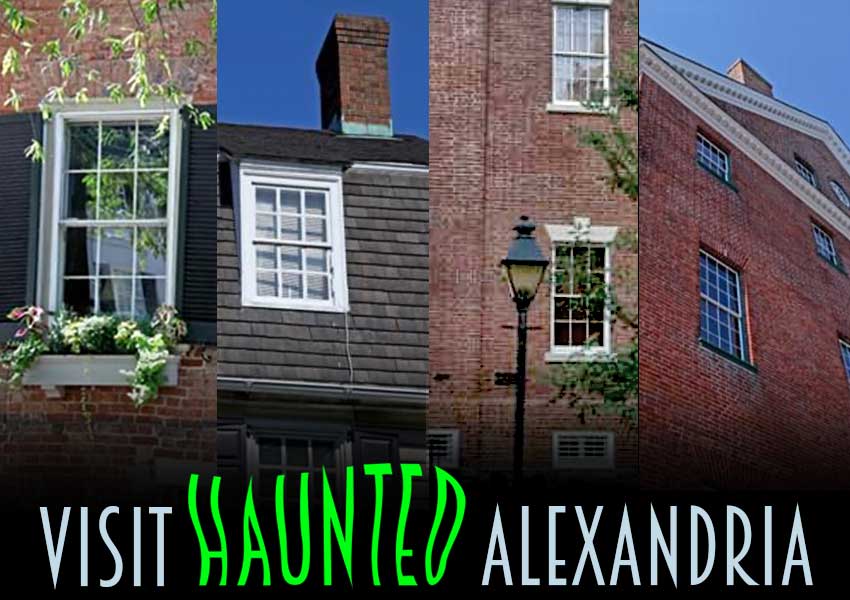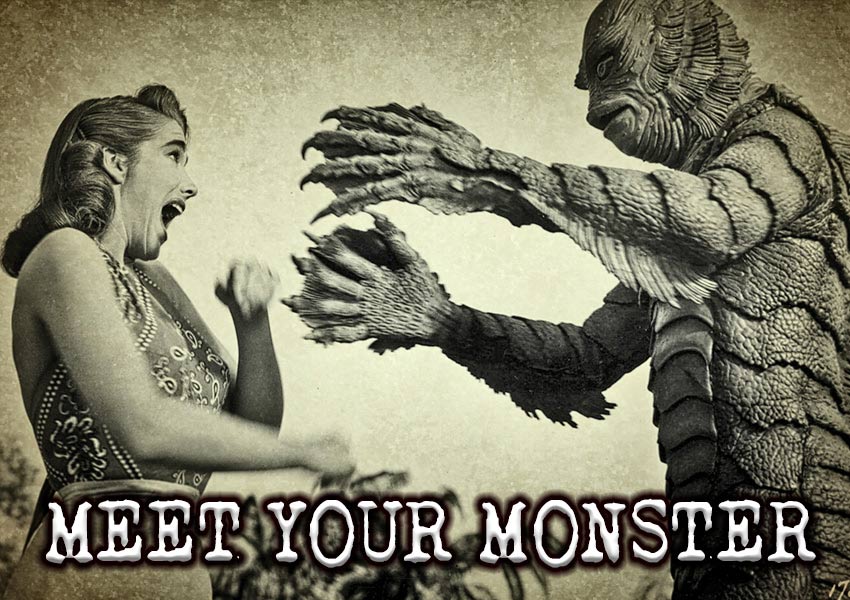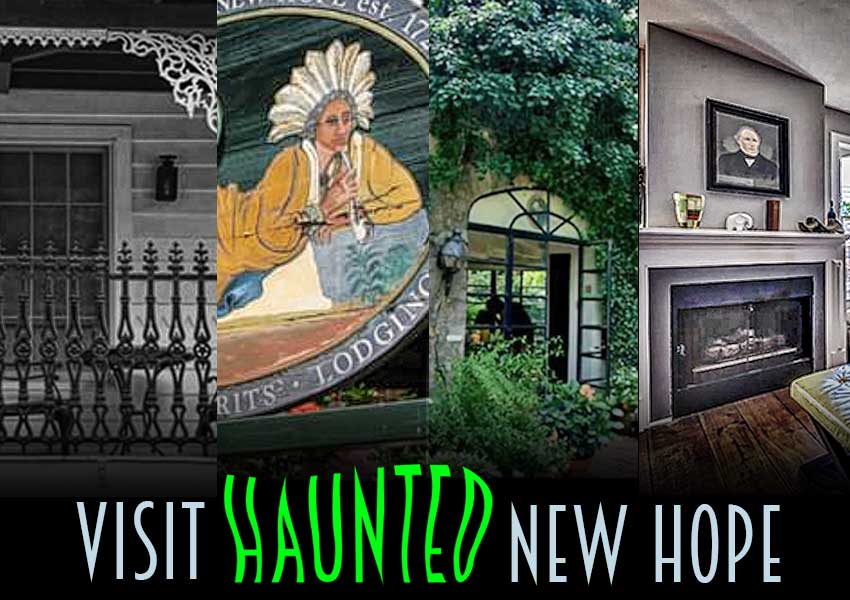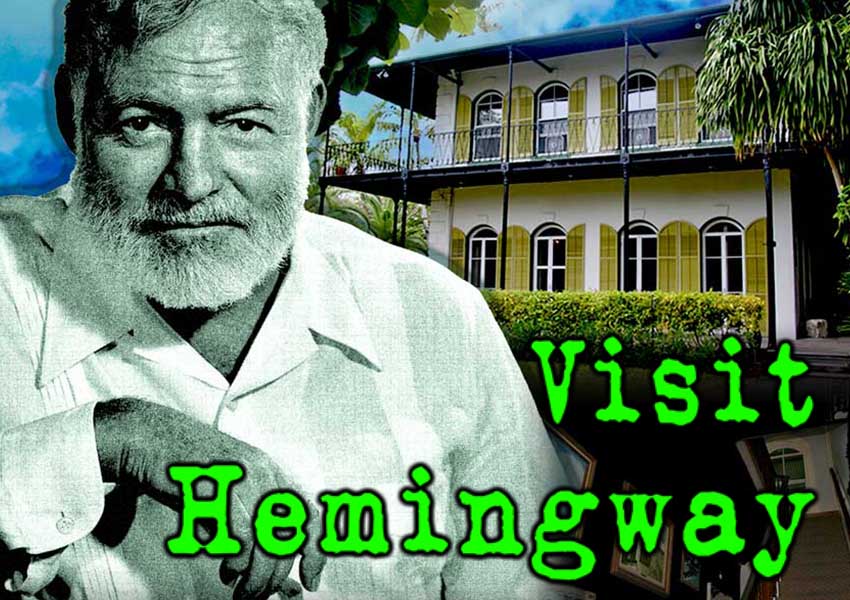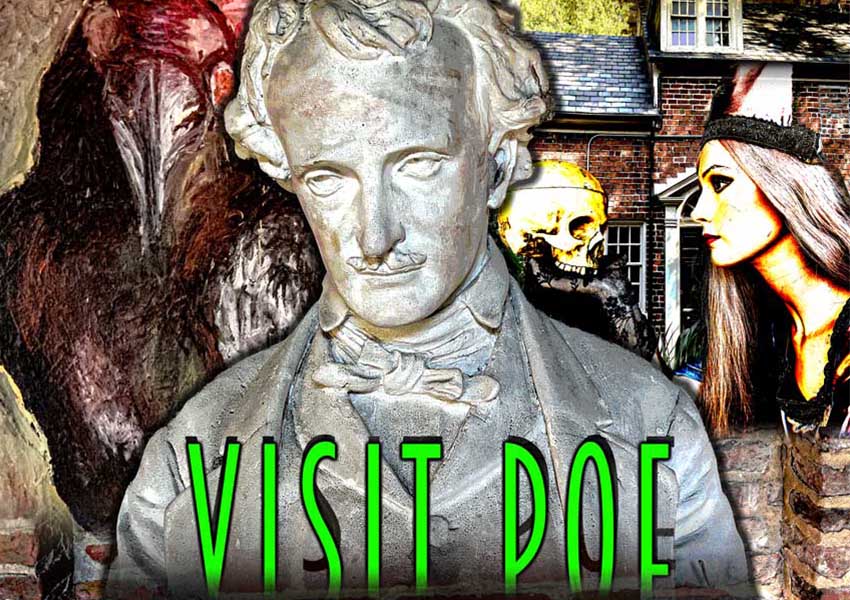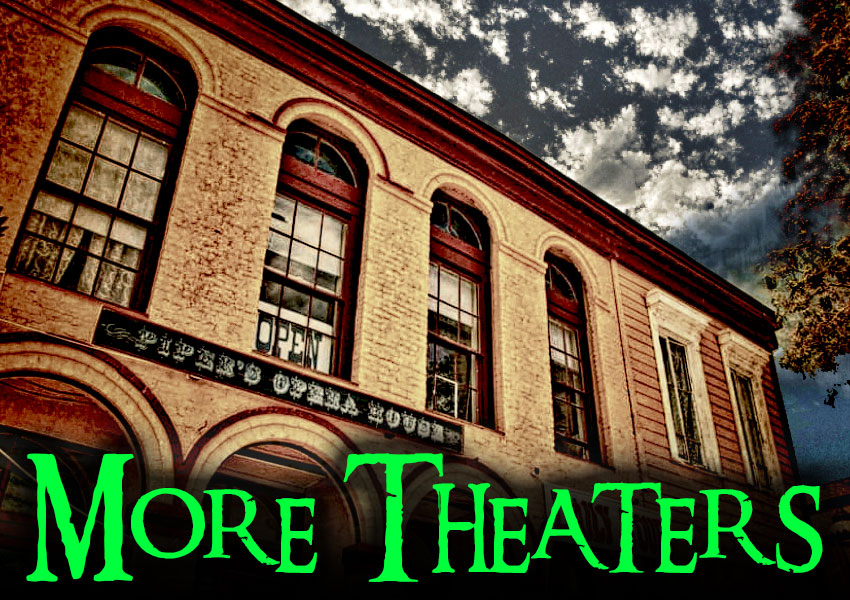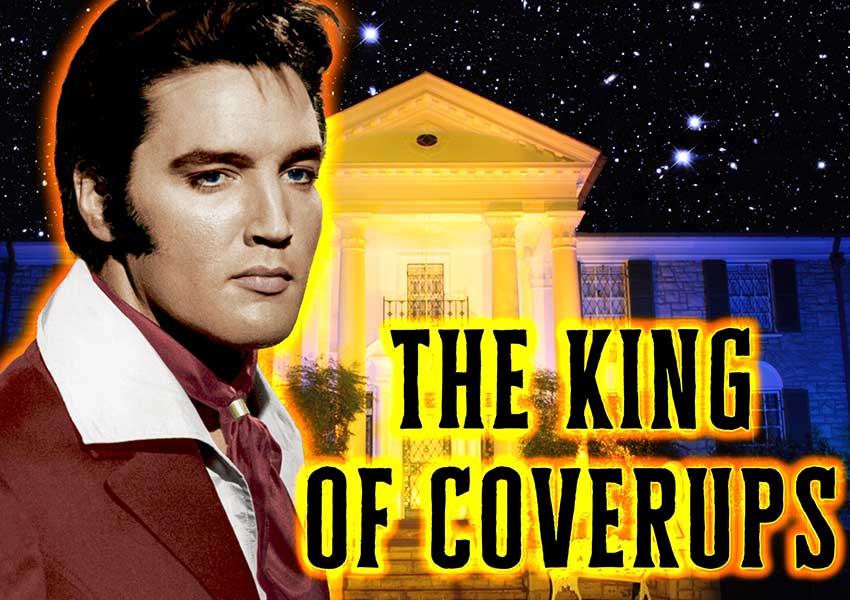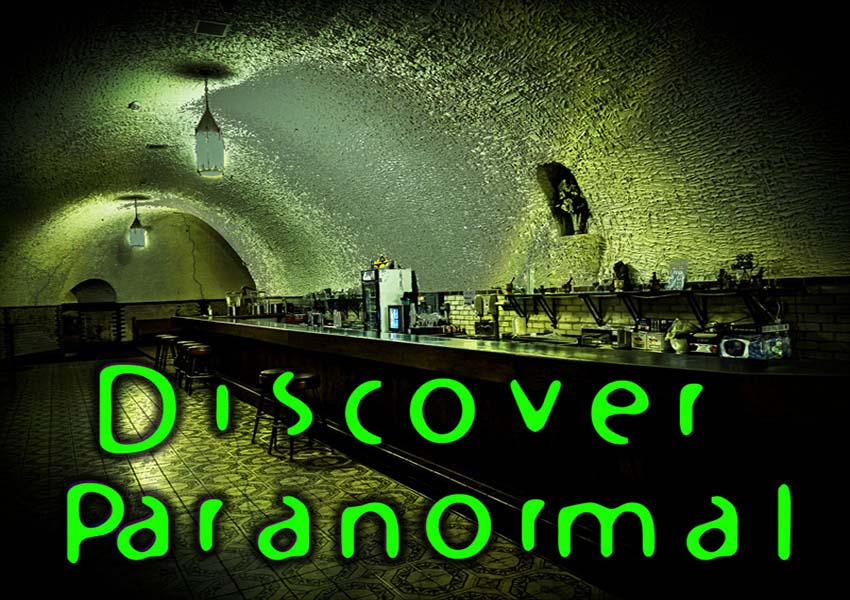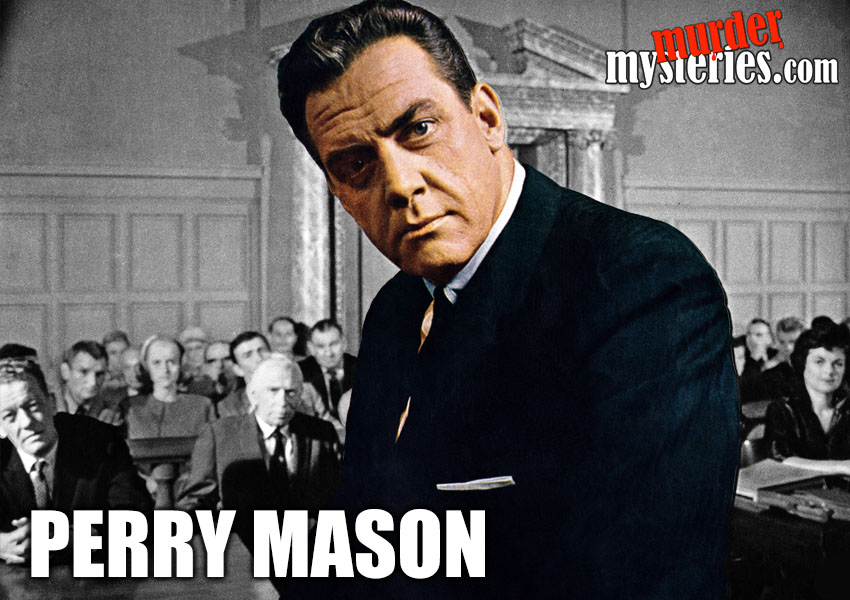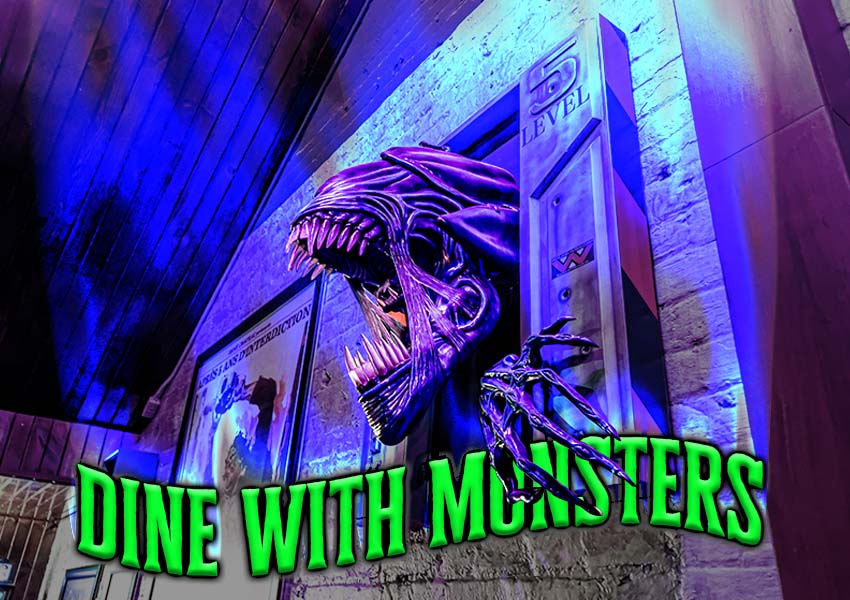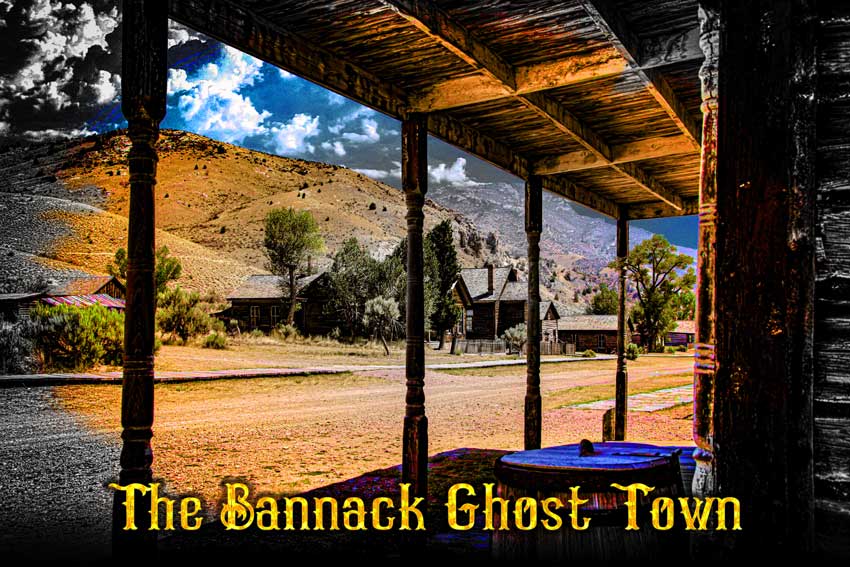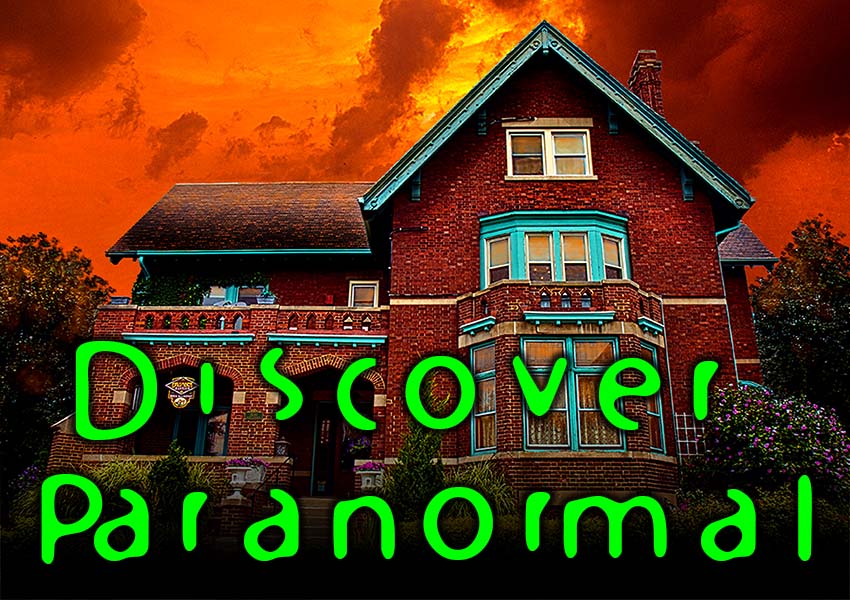New Castle Delaware
Amstel House
Ownership sometimes doesn’t end after passing over.
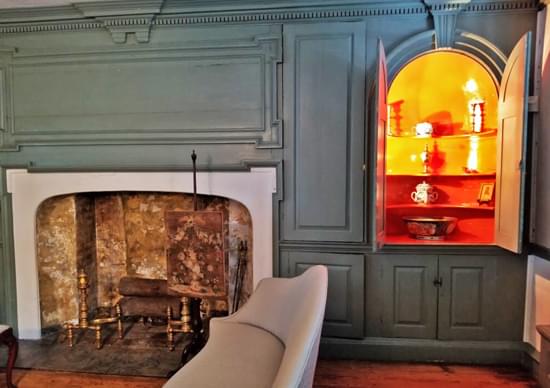
DESCRIPTION
“The First Grand Mansion of Delaware”
The Amstel House is described as being an “elegant brick, early Georgian mansion.” Built in 1738 it is rectangular in shape, with two wings extended from the main structure of the house.
Its owner, Dr. John Finneym besides being a successful doctor, was also a well-off landowner who built it from scratch to his liking, making one of its two wings by attaching the old 1728 house. This grand mansion surely showcased his wealth and importance in the city of New Castle.
Amstel House is known for its “original woodwork, fine architectural details and open hearth. Its early fanlight and central hallway were among the first uses of these features in the town.” The wood used inside was oak harvested in Delaware, and the bricks were made in southern New Castle. A local craftsman built with care this forever home for the Dr Finney family.
On the first floor is a grand central hallway with large common room on either side. The kitchen was probably in a detached, outside building.
Bedrooms were on the second floor. The third floor could’ve been a work room.
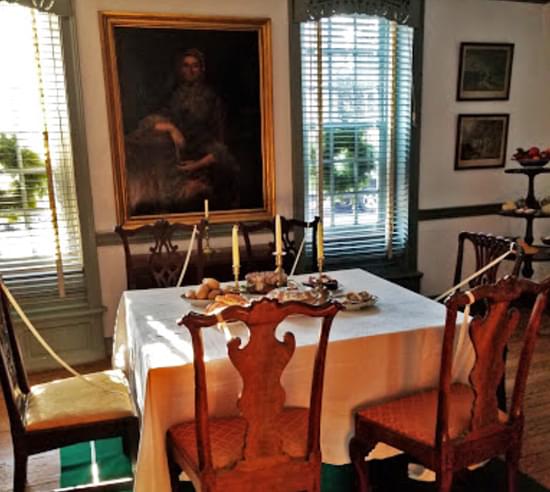 The Amstel House Museum has on display “… decorative arts and archival collections … comprised of textiles, furniture, ceramics, metals, photographs, works-on-paper, books, manuscripts, and documents. The collections span over three hundred years of local and national history.”
The Amstel House Museum has on display “… decorative arts and archival collections … comprised of textiles, furniture, ceramics, metals, photographs, works-on-paper, books, manuscripts, and documents. The collections span over three hundred years of local and national history.”
The Museum is set up like a family from the 1700s and 1800s was still living there and just went out for a walk; having on display furniture and belongings on display but in their proper place as a family would keep them. All the different rooms have the kind of furniture and items that would’ve been found there.
The Amstel House Museum effectively showcases the way prominent citizens lived during the 1700s and 1800s. Many items in the museum belonged to people who actually lived here.
“Various objects on display in the house convey the 18th-century lifestyle of the Van Dyke family. The objects descended through Nicholas’ daughter Ann who married Kensey Johns in the parlor of the house.
Be sure to see “the exquisite pair of mahogany chests of drawers with untouched surfaces and original open brasses.”
A few of the other pieces belonging to the Van Dyke family are “watercolors by Nicholas’ thirteen-year-old granddaughter Fidelia Johns.”
“A purse carried by Thomas Stockton when he went off to the War of 1812 is on view. Stockton was the husband of Fidelia Johns and the grand nephew of Richard Stockton, signer of the Declaration of Independence for New Jersey.”
“A silver ladle owned by Sheriff John Moody who resided in the Amstel house in the 1830s was used at the wedding of Dorcas Van Dyke and Charles du Pont.”
“In the portrait collection, there is a 1759 painting of New Castle resident, Mary Brinckle, by artist John Hesselius, a noted mid-Atlantic portraitist.”
“A highlight of the Society’s silver collection is a pair of tablespoons made by Delaware clockmaker and silversmith Duncan Beard.”
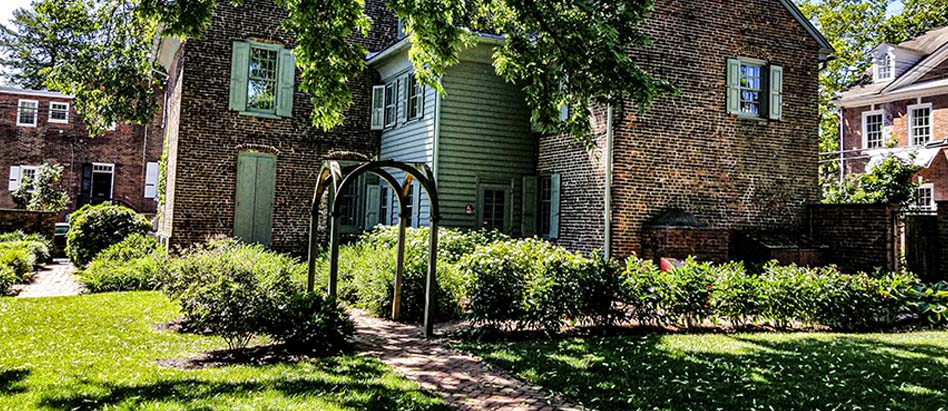
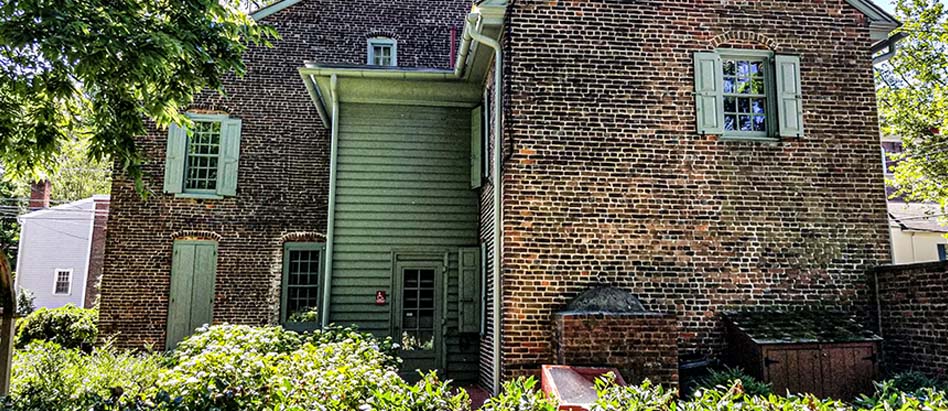
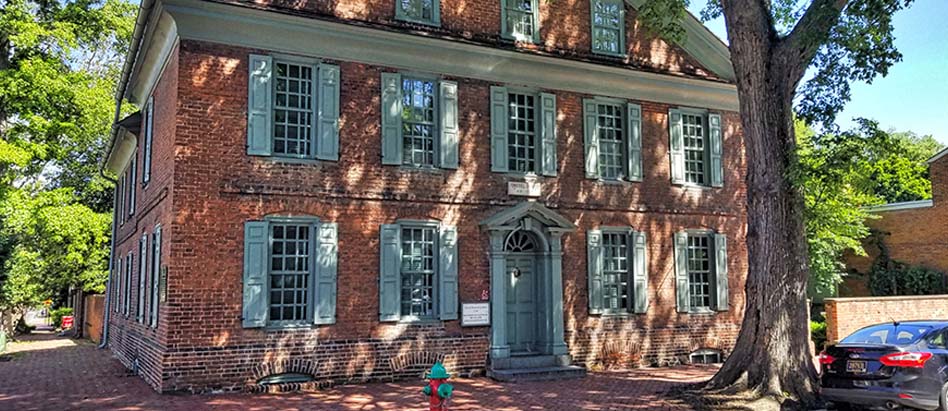
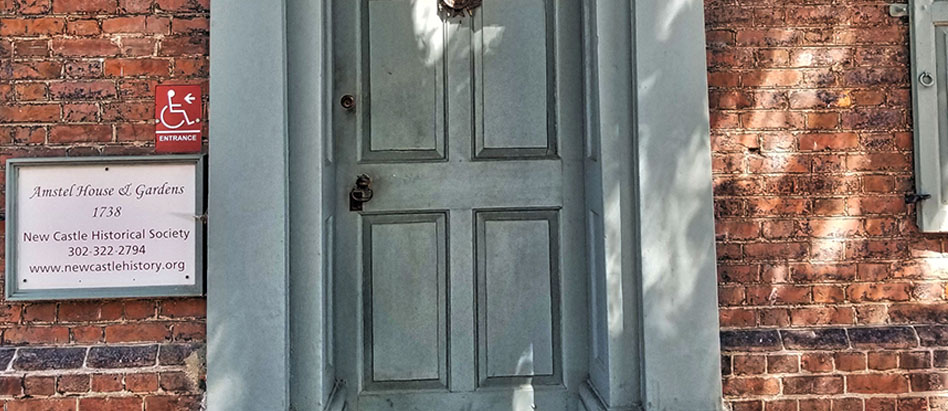
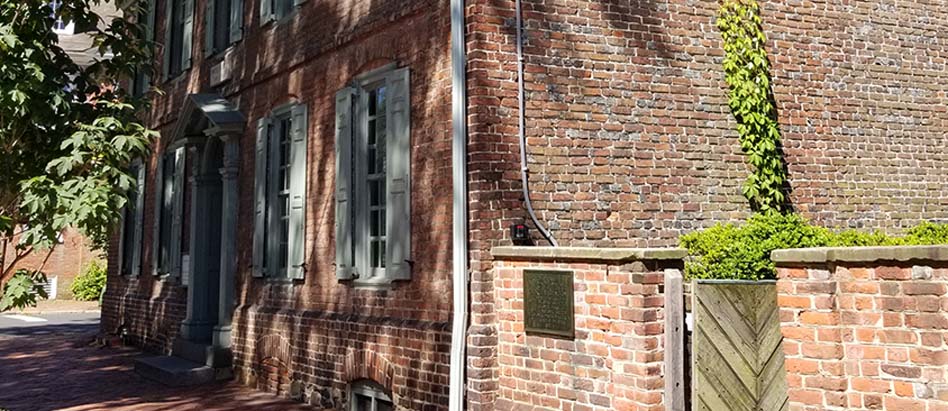
HISTORY
After Fort Casimir was built in 1651, the first owner of the property was an immigrant by the name of Jan Roeloff, an original settler who made his living as a trader. He built a small brick structure for his home in the back of this property. His grandson inherited the property around the turn of the 1700s.
A bigger house was built in 1728, by a skilled craftsman for the grandson.
Dr John Finney incorporated the 1728 original structure into the grand main mansion making it the back wing. The finished mansion showcased some of Dr John’s wealth on the inside and outside; making this beautiful structure his family’s forever home.
His son David Finney, a prominent New Castle lawyer, bought the inn and tavern right across from his father’s mansion. David renovated his new properties making them suitable for his family and his law business. He may have added the third floor, building up from the attic area. An underground tunnel was built between the two homes.
After Dr. Finney died in 1774, thehouse and property were inherited by his children. Eventually, it was his daughter’s turn to own it. Anna Dorothea moved back into her family home and lived there with her own family for just a little bit.
Many well-to-do families made this property their home over the coming years. When Anna Dorothea and her husband John (her cousin) decided to move back to Pennsylvania, John Finney rented the home to the Van Dyke Family in 1779; prominent citizens indeed.

The Van Dykes fell in love with the Colonial Georgian mansion and rented it from Dorothea and John. One family member, Nicholas Van Dyke, became the seventh governor of Delaware. Delaware signers of the Declaration of Independence paid social calls. The Van Dyke children were married in the parlor. George Washington came to witness this blessed event!
Ann Van Dyke and her husband, lawyer Kensey Johns, lived in the Amstel House until their home at 2 East Third Street was built in 1790. Their daughter, Fidelia, born in 1785 in the Amstel House, married Governor Thomas Stockton.
In 1795, Joseph Tatlow and his son, Thomas, bought Amstel House and enjoyed living there until 1832. Joseph had made his money owning a stagecoach line to Maryland in the 1770s, and from being a part owner of the packet boat lines from New Castle to Philadelphia.
From 1832-1904, The Amstel House became the forever home for four generations of one family to folks who were “deeply involved in the town’s commerce and office holding class.” In 1832 Sheriff John Moody of the New Castle Police Department and his daughter got the ball rolling. Sophia, the Burnhams, and the Birds, all lived out their lives, contributing to the good of New Castle.
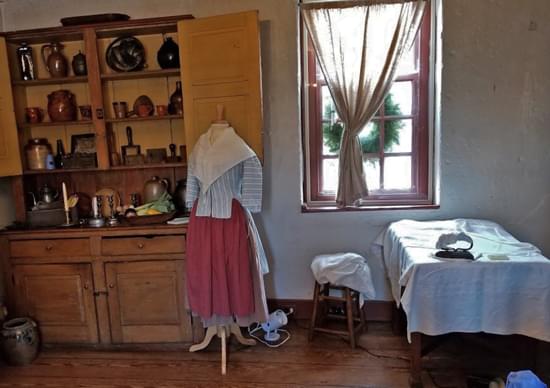 John Bird Burnham was born at Amstel House in 1869, four years after the ending of the Civil War. He grew up to be a “noted environmentalist”, and had the distinction of being the last member of his family to live there. In that time, he rented out parts of the mansion to locals.
John Bird Burnham was born at Amstel House in 1869, four years after the ending of the Civil War. He grew up to be a “noted environmentalist”, and had the distinction of being the last member of his family to live there. In that time, he rented out parts of the mansion to locals.
In 1904, Sophia B Hay, and her sister, Mrs. Louise R. Kolkomb moved in on November 10th, 1925.
By 1910, The Amstel House had become a fixer-upper opportunity, needing to be given a new life by bringing it out of Colonial America and the 1800s; into the Twentieth Century! The owners of the Amstel House, the Hay family,hired the well-known Delaware Architect and Preservationist Laussat Rogers, who stabilized the house, gave it 20th Century features, and started to work on preserving its historical aspects.
The property was put up for sale during a time when people were tearing down old homes and building new ones with modern interiors. Uh oh! The future of Amstel House was uncertain.
Luckily, in 1929, “The Amstel House Committee” was formed and raised the money needed to buy Amstel House. The group later became the New Castle Historical Society, with the mission of saving New Castle’s historic gems. The preservation effort of Amstel House was finished by the New Castle Historical Society, taking the baton from Laussat Rogers. They opened The Amstel House Museum in 1931. During the 1930s, revered landscape architect Charles Gillette created a Georgian town garden on the side of the house.
For added protection and help with funds to maintain it, Amstel House was listed on the National Register of Historic Places in 1977.
HISTORY OF MANIFESTATIONS
The spirits of children who die from illness or accidents, sometimes like to stay where they felt comfortable and loved in life. Sometimes the people who loved them in this world stay to take care of them as spirits. Sometimes these spirit children reach out to the living for comfort, company, or even help.
The spirit of a five year old child named Anna, who died from disease, has been seen here. Perhaps she was the daughter of Anna Dorothea and John Finney. Perhaps that is why the Finneys stayed just a short time and moved back to Pennsylvania.
Perhaps she could’ve been another daughter of Dr. John Finney who died, having the same name of a sister that was born to the family after her death.
 People who enjoy their homes while alive, sometimes choose to stay as spirits, with perhaps another possible reason. They enjoy doing what they did before they passed into the spirit world.
People who enjoy their homes while alive, sometimes choose to stay as spirits, with perhaps another possible reason. They enjoy doing what they did before they passed into the spirit world.
A male and female spirit still call this their forever home.
Sometimes when the spirit of a family member decides to reside in the family forever home in this world, it can draw other family spirits who loved them to stay or visit as well, to keep them company.
The spirit of Dr. John Finney or his nephew, John Finney may also stay here to keep the spirits of Anna Dorothea and granddaughter/daughter Anna company.
People who lose their beloved to war, accident, suicide or murder, or suffer the death of a child, can carry this grief to their grave, even after marrying again, or having other children. As spirits they may stay in their favorite place, hoping to see their much missed loved ones come once again.
Anna Dorothea suffered at least one known painful loss, and maybe two. She was beside herself with grief when her beloved, a British Officer, was killed in the French and Indian War. Her father, Dr. John, hoping to end her grief, had her marry her cousin John Finney, who lived in Pennsylvania.
Julie’s Theory: Anna would have been devastated as well when her young daughter, also named Anna, died from disease. Since her daughter is here, the elder Anna may want to be near her as well, if Anna is indeed her daughter, which I think she is.
The adult female spirit could also be Anna Dorothea’s mother as well. Still upset about the death of her first child, called Anna.
MANIFESTATIONS
Unknown Male Spirit:
The theory is that the spirit is a family member of the Finney clan (could be Dr. John Finney, keeping his daughter and granddaughter or his wife and daughter company, while reliving his memories). It could also be the husband of Anna Dorothea, John Finney who wants to be near his wife and daughter.
Dr. John Finney or his nephew John Finney may have loved the third floor; which possibly served as their office space.
This spirit likes to go about his business, opening and closing windows and doors. He moves objects across the floor and through the air, making himself or herself known to museum staff.
Unknown Female spirit :
I suspect it is Anna Dorothea, due to her history of loss, or it could be her mother, wanting to be close to the deceased child.
Her see-through apparition has been seen sitting by a second floor upstairs window, enjoying the view and perhaps keeping watch. Anna Dorothea is perhaps still waiting for her beloved British Officer to come back to her, while being close to the spirit of her daughter, Anna and the second love of her life, John Finney or her father, Dr. John.
Or perhaps it is Dr. John Finney’s wife, who loves her home, and perhaps wants to be near her deceased child, the first Anna Dorothea.
STILL HAUNTED?
Yes indeed. Members of the Dr. John Finney family are still enjoying their forever home, with a female spirit who may be yearning for her loved one to return.
Paranormal investigators have played the flashlight game with the child spirit of little Anna, who told them her name in an EVP.
Staff have experienced the paranormal activity in the third floor space, and perhaps have seen the see-through apparition of the woman, or even the male spirit on the third floor.
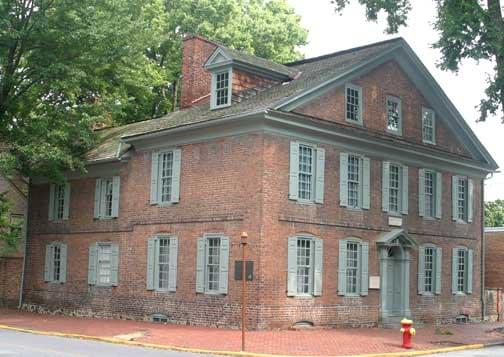
LOCATION
2 East 4th Street
New Castle, Delaware 19720
In the city of New Castle, The Amstel House is located on the corner of East 4th Street and Delaware Street, facing The Sonora and David Finney Inn on the other side of the street. These two houses were once connected by an underground tunnel. They are not far from the Battery Park and overlook “The Green”.
SOURCES INCLUDE
- newcastlehistory.org
- npgallery.nps.gov
- newcastlehistory.org
- cdn.loc.gov
Our Haunted Paranormal Stories are Written by Julie Carr


